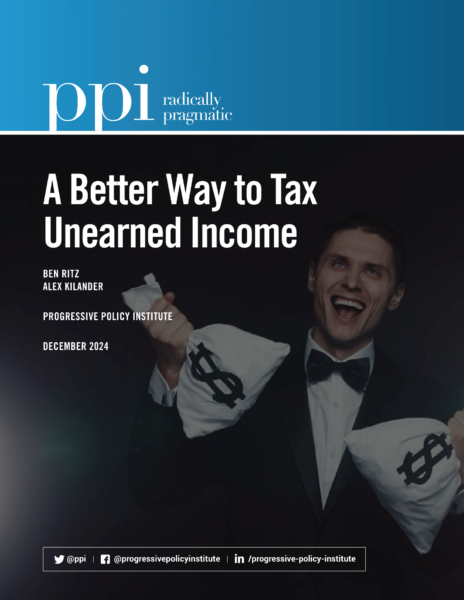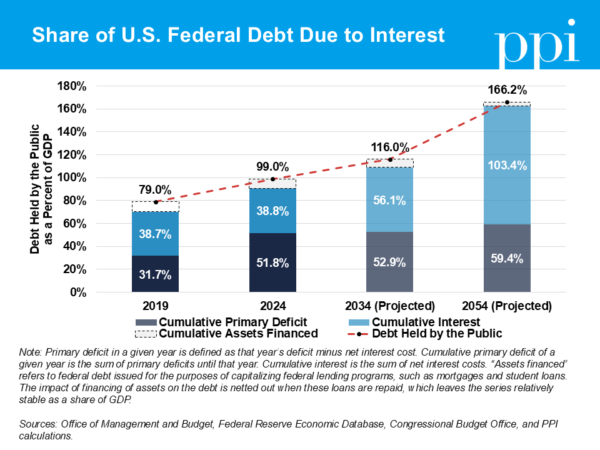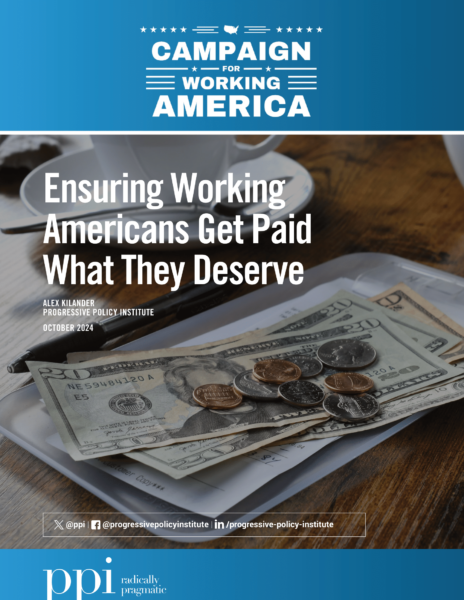From our Budget Breakdown series highlighting problems in fiscal policy to inform the 2025 tax and budget debate.
House Republicans voted earlier this week on a continuing resolution (CR) that would continue the previous year’s funding levels through the end of the current fiscal year. If passed by the Senate and signed by the president, this would mark the first time since the establishment of the modern budget process that Congress failed to pass any new appropriations legislation for a full year. Although CRs can be a necessary bridge when lawmakers fall behind schedule in crafting appropriations bills, the increasing reliance on them reflects a broken approach to budgeting that undermines effective governance and leads to more wasteful spending.
The 1974 Budget Act that established the modern budget process requires Congress to pass appropriations bills that fund discretionary spending before the start of each fiscal year on October 1. But lawmakers have only managed to meet that deadline three times in the past 48 years — and not once since 1997. Instead, Congress has come to rely on CRs, often passing multiple in a single year, to keep the government running.
CRs lock spending levels and priorities into the most previously passed budget and limit agencies to current operational expenses — even when they no longer make any sense. This creates dysfunction and waste across federal agencies, as programs that don’t need resources receive them, while others that might need more resources don’t receive them. Under past CRs, these rigid funding levels have threatened a myriad of important programs or policies, including the military’s ability to pay recruitment bonuses to new enlistees, the availability of food assistance for low-income families, and the ability of Customs and Border Patrol to retain their staff. While Congress tries to address this operational inflexibility through multiple small adjustments — known as “anomalies” — it is a far less comprehensive change than a typical appropriations process would entail.
To cope with the constant uncertainty surrounding funding, agencies must repeatedly adjust their work and budget plans to match unclear parameters, wasting valuable time and resources that could be directed toward more productive efforts. In one case, staff for a program that provides energy assistance for struggling households was forced to instead spend their time constantly updating its funding formula — once for every CR that year and again when appropriations bills were actually passed. More critically, because they are bound by outdated funding directives, agencies are unable to plan for future needs or respond effectively to emerging challenges. This is particularly problematic for agencies like the Department of Defense (DOD), where long-term planning is essential to maintaining national security and military readiness.
While CRs create a number of complications for agencies, they also paradoxically empower the executive branch to adjust funding within those constraints. Unlike typical appropriations bills, CRs do not come with an explanatory document from Congress that explains how the budget’s many vague line items are intended to be used. Therefore, the executive branch has far more leeway to adjust spending priorities and interpret vague spending provisions in ways that they see fit. By passing a CR that strengthens the executive branch’s fiscal power, Congress is delegating a key part of its constitutional authority to the already powerful executive branch.
Congressional Republicans, who at every turn seem eager to bend the knee to Donald Trump, may view this transfer of authority from Congress to the president as a feature rather than a bug. But in stark contrast to their rhetoric about restoring fiscal discipline, passing a CR for the full fiscal year instead of any normal appropriations will only perpetuate dysfunction and wasteful spending. Senate Democrats are right to withhold their support and push for a better alternative, even if they ultimately feel forced to vote for the bill as the only viable option Republicans give them for preventing a costly government shutdown.
Deeper Dive
- House G.O.P. Passes Bill to Avert a Shutdown, Daring the Senate to Accept It, by the New York Times
- What You Need to Know About Continuing Resolutions, by the Bipartisan Policy Center
- CR Rightly Avoids Shutdown But Reflects Broken Budget Process, by the Committee for a Responsible Federal Budget
- Continuing Resolutions: Overview of Components and Practices, by the Congressional Research Service
- Federal Budget: Selected Agencies and Programs Used Strategies to Manage Constraints of Continuing Resolutions, by the Government Accountability Office
Fiscal Fact
Since the modern federal budget process was established in 1974, the federal government has only shut down two times during a period when one party had unified control of the House, Senate, and the presidency. Both those shutdowns occurred when Republicans had unified control during Donald Trump’s first term.
Further Reading
- As Trump Downplays Economic Fears, This Data Shows People Feel Differently, by NPR
- Trump Adds Another 25% to Tariff on Canadian Steel and Aluminum, by ABC News
- House Republicans Huddle with Bessent on Tax Policy Menu, by Politico
- House Republicans Stew over Senate Budget Delays, by Politico
More from PPI & The Center for Funding America’s Future
- Baseline Gimmickry Doesn’t Erase Costs, by Ben Ritz and Alex Kilander
- Republicans Reckon with the Costs of Their Tax Cuts, by Ben Ritz and Alex Kilander
- Ukrainian Defense Forum Underscores The Need For Western Investment, by Tamar Jacoby
- Ending Legacy Preferences is Key to Current Admissions Reforms, by Richard D. Kahlenberg
- 69% of Americans want their next car to cost less than $50,000, by Ed Gresser






